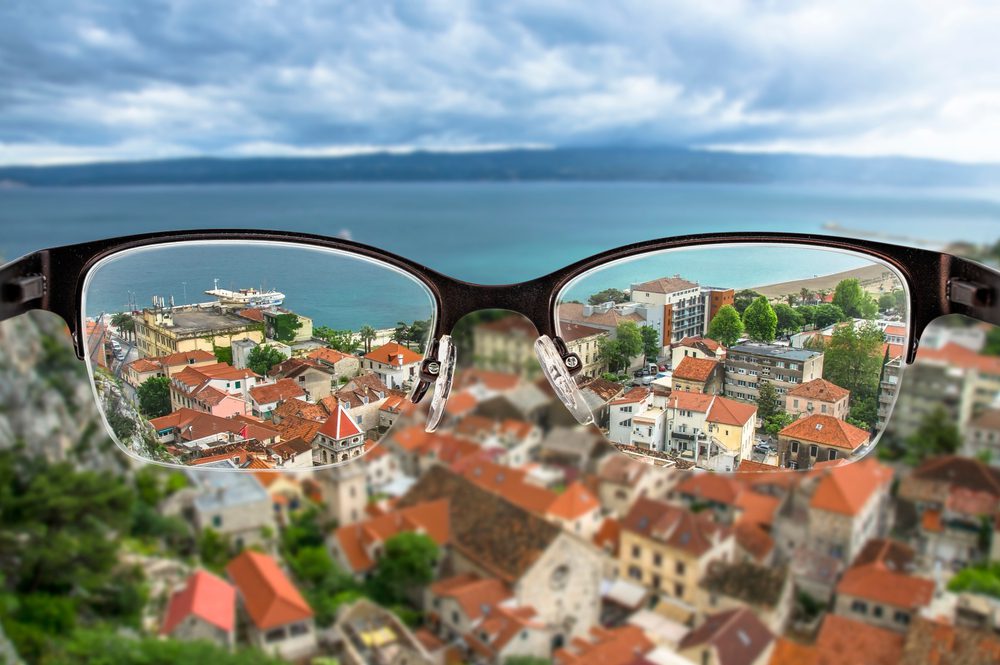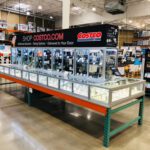Your quality of life does not have to suffer because your vision is poor.
In reality, thanks to a variety of low- and high-tech products that can help you see, preserving independence for persons with macular degeneration has never been easier. Jason Vice, O.T.R./L., who offers patient care at the University of Alabama at Birmingham (UAB) Center for Low Vision Rehabilitation, adds, “We always go low tech where we can.”
However, high-tech is improving and becoming more affordable. Whatever it is you wish to accomplish, there is a resource there to assist you.” We’ve compiled a list of 9 that are well worth your time.
Lighted Handheld Magnifier
According to Dawn DeCarlo, O.D., director of the UAB Center for Low-Vision Rehabilitation, this small, lightweight device is ideal for simple spot-reading tasks such as reading labels and bills. Dr. DeCarlo states these are wonderful for persons with steady hands who understand concentrating.
Enlarging text can aid persons with macular degeneration who have trouble reading fine detail. However, one with light is required. A magnifier without one is unlikely to help someone with macular degeneration.
Prices vary, but you can get a good one for less than $100. Ensure to schedule an appointment with a low-vision specialist first to determine the appropriate magnification for you.
Tablet Computer
According to Kaldenberg, a tablet is a more cost-effective solution for avid readers.
You can boost letter size and contrast using standard accessibility settings, and many brands offer larger screens, such as the 10.4 inch Samsung Galaxy Tab A7 ($245).
Mark E. Wilkinson, O.D., an optometrist at the University of Iowa in Iowa City, recommends stocking up on e-books (you can borrow them from your local library using the app Libby) and getting digital subscriptions to your favorite periodicals and newspapers.
For many people who have problems reading the newspaper, poor contrast is an issue, Dr. Wilkinson explains. Is there a solution? To see white text on a black backdrop, change the settings.
Colored Lenses
Glare sensitivity is common in people with macular degeneration.
Wearing colored lenses (or glare filters) can help some people, according to ophthalmologist John D. Shepherd, Director of the Weigel Williamson Center for Visual Rehabilitation at the University of Nebraska and M.D. & Chairman of the American Academy of Ophthalmology’s vision-rehabilitation committee.
He explains that they let in enough light to see but block glare, making them ideal for taking the chill off indoors. Many people like yellow or plum lenses, but you should experiment with a variety of hues to find the ones that work best for you.
There are various low-vision eyewear companies, who offer a variety of tints and frames (including fit-overs, for over your glasses).
Video Magnifier
According to Jennifer Kaldenberg, O.T., a low-vision occupational therapist at Boston University, this desktop device, also known as closed-circuit television, employs a camera to show print content onto a monitor, providing for a greater field of view and more comfortable working distance.
You can read quicker and for longer periods of time with less strain on your eyes. The biggest disadvantage is the cost, According to the American Foundation for the Blind, a basic model can cost anywhere from $1,500 to $4,000. Curious? According to Kaldenberg, the device may be offered for public use in some libraries and senior care institutions.
High-powered Reading Glasses
These can be beneficial, but there is a catch, According to Dr. DeCarlo. You must hold the object you’re gazing at very near to your face. Dr. DeCarlo continues, Consider how close you need to hold a magnifier to a paper for it to concentrate.
If I use glasses with the same magnification, the face has to be that near to the page.
Also, keep in mind that you’ll need to cram a light source in there as well. Still, want to give them a shot? To receive a prescription, go to your eye doctor and expect to pay less than $100, according to Dr. Wilkinson.
LED Mini Flashlights
According to Dr. DeCarlo, these handy small lights provide an intense, even beam of light to aid vision. You can stock up because they’re usually only a few dollars. Place them in strategic locations throughout your home, such as the laundry area or the kitchen anywhere a small-numbered dial exists.
Keep one on your keychain for quick access outside the house, such as while looking at the menu in a dimly lit restaurant. Dr. DeCarlo recommends choosing bulbs with as many as possible.
They’re perfect for transporting around because of their small size and lightweight. You won’t have to worry about the weather or storing them in a small place because many of them are robust and waterproof.
Gooseneck Lamp
Anyone with low vision should invest in an adjustable-arm light. If natural light helps you see, Dr. DeCarlo recommends looking for choices that use lightbulbs that mimic natural light. Try Ott Lite and Verilux, both of which are available online and at craft stores. And, according to Dr. DeCarlo, use the highest-wattage bulb you can, no less than 18 watts.
According to Dr. DeCarlo Natural-spectrum lights don’t get hot, so you can put them close together. They’re also energy-efficient, so your power bill won’t skyrocket. With a 360-degree adjustable gooseneck, you can easily adjust the illumination direction to suit your needs.
Illuminated Stand Magnifier
You don’t want to be the one to hold the lens? Consider using a stand magnifier, which is a frame that is placed flat against the content you’re reading. It can be hung around the neck and also flipped to stand on the file to provide a free experience.
It also adjusts the focal distance for you, so you don’t have to worry about adjusting the lens into focus. It’s bulkier and less portable than a hand magnifier, but it’s better for extended reading and makes it easier for the elderly to read magazines, newspapers, and novels. It’s also appropriate for kids.
Most popular products: Sunglasses
Sunglasses are vital for everyone’s eye health, but they have a special function for people with macular degeneration and they take a longer time to adjust to different light levels, especially when switching from strong to low light.
The transition is made easier with a simple pair of shades. Simply remove them when you enter the building to see more clearly. for people suffering from macular degeneration the blacker the lens, the more difficult it is to see well.
It’s more difficult to navigate and notice details in dim light. You may need to experiment with various shades of darkness to see which one does not impair your visibility.
You might also like:
- 5 Worst Eye Care Mistakes You’re Making
- These 12 Amazing Gadgets Will Make Daily Tasks so Much Easier for You












